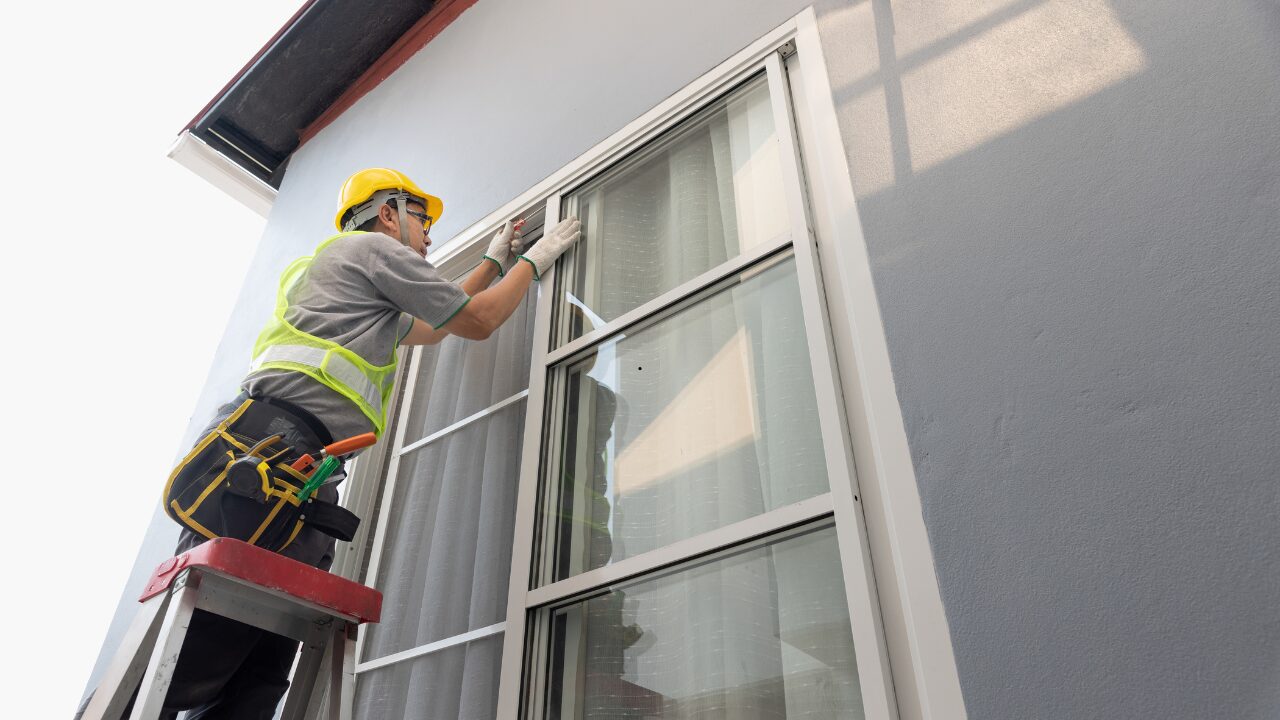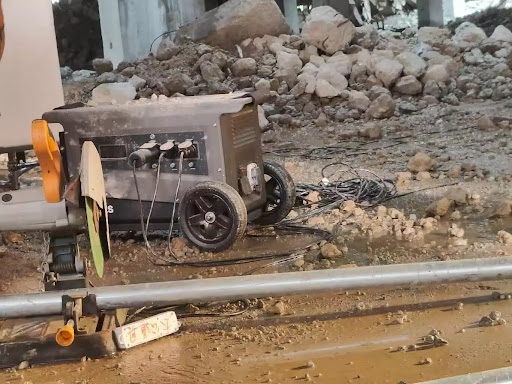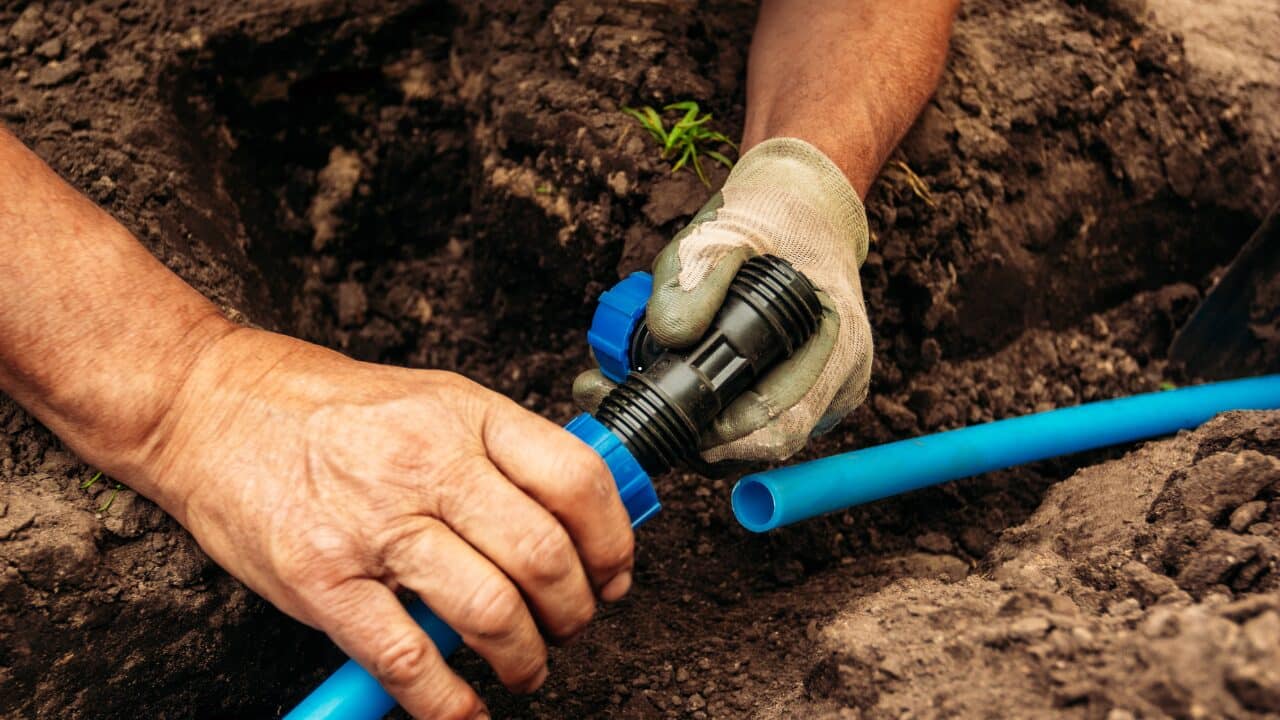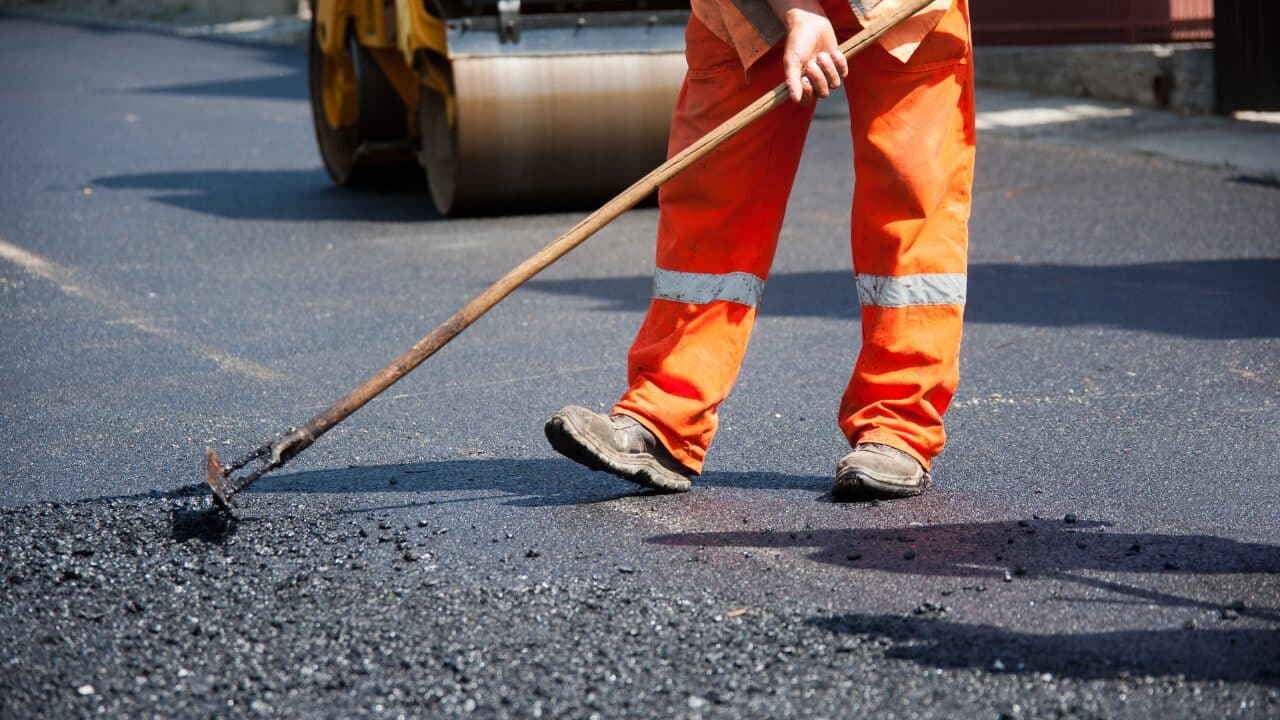Glass replacement has evolved from a simple repair task to a critical construction speciality that impacts energy efficiency, safety compliance, and project timelines. With the construction glass market projected to reach $181.5 billion by 2033, understanding modern glass replacement techniques is essential for contractors, builders, and construction professionals.
When construction projects require expert glass installation or replacement, partnering with experienced professional glass replacement services ensures compliance with building codes while maintaining project schedules and quality standards.
This comprehensive guide covers everything construction professionals need to know about glass replacement in 2025, from industry trends to cost management and regulatory compliance.
Table of Contents
The Current State of Glass Replacement in Construction
The construction industry is experiencing unprecedented growth, with construction spending increasing 6.7% from 2023 to 2024 according to the US Census Bureau. This boom is driving demand for more sophisticated glass replacement solutions that meet modern performance standards.
Key market drivers include:
- Rapid urbanization requiring energy-efficient building solutions
- Stringent building codes mandating safety glass compliance
- Growing demand for sustainable construction materials
- Advanced glass technologies improving building performance
Types of Construction Glass Replacement Structural Glazing Systems
Modern construction projects increasingly rely on structural glazing where glass becomes an integral building component. Glass replacement in these systems requires specialized expertise and precise installation techniques.
Common structural applications:
- Curtain wall systems
- Glass facades and atriums
- Load-bearing glass panels
- Architectural glass features
Safety Glass Requirements
Australian Building Codes mandate specific safety glass types for construction applications. Understanding these requirements is crucial for compliant glass replacement projects.
Mandatory safety glass locations:
- Doors and windows within 300mm of floor level
- Glass panels in wet areas (bathrooms, kitchens)
- Stairwell and balcony applications
- Commercial storefront installations
Energy Performance Glass
With sustainability becoming a top construction priority, energy-efficient glass replacement has moved from luxury to necessity. Low-E coatings and insulated glass units (IGUs) are now standard requirements in most commercial projects.
2025 Glass Replacement Trends Impacting Construction Smart Glass Integration
The rise of smart cities and automated buildings is driving demand for switchable smart glass that provides privacy on demand and improved solar control. Construction professionals must adapt to installing and maintaining these advanced systems.
Sustainable Manufacturing Focus
Manufacturers are incorporating cullets (glass waste) into their processes to create low-carbon glass, helping reduce the carbon footprint of glass production while lowering Global Warming Potentials (GWP).
Solar Integration Applications
The rise of solar energy installations is set to further propel the flat glass industry in 2025, with solar panels primarily made of flat glass expected to increase significantly.
Larger Format Glass Panels
Construction spending growth is driven by the demand for larger, more impressive glass installations, requiring specialized handling equipment and installation techniques.
Construction Glass Replacement Cost Analysis
Understanding project costs helps contractors provide accurate estimates and maintain profitable margins.
Labor Cost Factors
Standard glass replacement rates:
- Skilled glazier: $70-$90 per hour
- Emergency/after-hours: $120-$150 per hour
- Specialized structural work: $100-$130 per hour
Material Costs by Application
Commercial construction glass pricing:
- Standard float glass: $40-$80 per square metre
- Toughened safety glass: $80-$150 per square metre
- Double-glazed units: $200-$400 per square metre
- Low-E performance glass: $250-$500 per square metre
- Laminated security glass: $300-$600 per square metre
Project Size Impact
Large construction projects benefit from economies of scale, while smaller retrofit projects often carry premium pricing due to setup costs and specialized access requirements.
Technical Specifications for Construction Glass Replacement Glass Thickness Standards
Minimum thickness requirements:
- Residential windows: 4-6mm
- Commercial storefronts: 8-12mm
- Structural glazing: 12-25mm
- High-wind load areas: 15-25mm+
Performance Ratings
Modern construction glass replacement must meet specific performance criteria:
Thermal Performance:
- U-value ratings for energy efficiency
- Solar Heat Gain Coefficient (SHGC)
- Visible Light Transmission (VLT)
Structural Performance:
- Wind load resistance ratings
- Impact resistance classifications
- Seismic performance requirements
Building Code Compliance
Construction projects must comply with National Construction Code (NCC) requirements, including AS 1288 Australian Standard for glass selection and installation.
Installation Best Practices for Construction Glass Replacement Site Preparation
Proper site preparation prevents costly delays and ensures safe installation conditions.
Pre-installation checklist:
- Verify structural opening dimensions
- Confirm access routes for glass delivery
- Check weather conditions and wind speeds
- Ensure adequate lifting equipment availability
Quality Control Procedures
Critical inspection points:
- Glass quality and specification verification
- Structural glazing adhesive application
- Sealant continuity and weatherproofing
- Hardware alignment and operation
Safety Protocols
Glass installation presents unique safety challenges requiring specialized procedures and equipment.
Essential safety measures:
- Personal protective equipment requirements
- Glass handling and storage protocols
- Lifting equipment safety procedures
- Emergency response planning
Equipment and Tools for Professional Glass Replacement Specialized Installation Equipment
Essential tools for construction glass replacement:
- Glass lifting systems and suction cups
- Structural glazing application equipment
- Diamond glass cutting tools
- Thermal break installation tools
Measuring and Templating
Accurate measurement is critical for successful glass replacement in construction applications.
Professional measuring techniques:
- Laser measurement systems
- Digital templating software
- Thermal expansion calculations
- Structural deflection allowances
Common Construction Glass Replacement Challenges Weather-Related Issues
Construction projects face unique weather challenges that affect glass installation timing and techniques.
Weather considerations:
- Temperature limitations for structural glazing
- Wind speed restrictions for installation
- Moisture control during sealant application
- Thermal expansion during installation
Access and Logistics
Large construction sites present logistical challenges for glass replacement projects.
Common access issues:
- High-rise installation requirements
- Crane availability and scheduling
- Material storage and protection
- Coordination with other trades
Structural Integration
Modern buildings integrate glass as structural elements, requiring careful coordination with engineering specifications.
Emergency Glass Replacement in Construction
Construction sites experience glass damage from various causes, requiring rapid response to maintain project schedules and site safety.
Common Emergency Scenarios
- Weather damage during construction
- Contractor damage during installation
- Vandalism or security breaches
- Equipment impact damage
Emergency Response Procedures
When construction glass replacement emergencies occur, immediate action protects both personnel and project timelines. Professional emergency glass repair services provide 24/7 response to keep construction projects on schedule.
Emergency response priorities:
- Site safety and security
- Temporary protection installation
- Rapid replacement scheduling
- Insurance documentation
Sustainable Glass Replacement Practices
Environmental responsibility is increasingly important in construction, driving demand for sustainable glass replacement practices.
Recycling and Waste Management
Sustainable practices include:
- Glass cullet recycling programs
- Proper disposal of sealants and adhesives
- Packaging material reduction
- Transportation efficiency optimization
Energy-Efficient Solutions
Sustainable glass replacement contributes to building energy performance through:
- High-performance glazing systems
- Thermal bridge elimination
- Natural lighting optimization
- Solar control integration
Working with Glass Replacement Contractors Contractor Selection Criteria
Essential qualifications for construction glass contractors:
- Specialized construction glazing experience
- Appropriate insurance and bonding
- Safety certification and training
- Technical expertise in modern glass systems
Project Management Integration
Successful glass replacement requires coordination with overall construction schedules.
Key coordination points:
- Rough opening preparation timing
- Material delivery scheduling
- Installation sequence planning
- Quality inspection procedures
Future of Glass Replacement in Construction Emerging Technologies
The construction industry continues adopting advanced glass technologies that require specialized replacement techniques.
Upcoming innovations:
- Self-cleaning glass surfaces
- Integrated photovoltaic glass
- Thermochromic smart glass
- Advanced laminated systems
Industry Automation
Automation is beginning to impact glass manufacturing and installation, with implications for future glass replacement practices.
Workforce Development
The industry faces skilled labor shortages, making training and certification increasingly important for glass replacement professionals.
Cost Management Strategies for Construction Glass Replacement Budget Planning
Effective cost control requires understanding all cost components and potential variables in glass replacement projects.
Budget considerations:
- Material specification impacts
- Installation complexity factors
- Access and logistics costs
- Contingency planning requirements
Value Engineering
Smart material selection and installation techniques can optimize project costs without compromising performance.
Cost optimization strategies:
- Standardized glass specifications
- Bulk purchasing agreements
- Installation sequence optimization
- Preventive maintenance planning
Quality Assurance in Construction Glass Replacement Testing and Verification
Modern construction projects require comprehensive testing to verify glass performance meets design specifications.
Common testing requirements:
- Structural load testing
- Thermal performance verification
- Water penetration testing
- Air infiltration measurement
Warranty and Maintenance
Understanding warranty requirements and maintenance needs helps contractors provide comprehensive service packages.
Warranty considerations:
- Manufacturer material warranties
- Installation workmanship guarantees
- Performance specification compliance
- Maintenance requirement documentation
Conclusion: Excellence in Construction Glass Replacement
Glass replacement in construction has evolved into a sophisticated speciality requiring technical expertise, safety awareness, and quality focus. As the industry continues growing with the global construction glass market projected to reach $181.5 billion by 2033, staying current with best practices and emerging technologies becomes increasingly important.
Key takeaways for construction professionals:
- Safety compliance and code adherence are non-negotiable requirements
- Energy efficiency specifications drive material selection decisions
- Project coordination and logistics significantly impact installation success
- Emergency response capabilities protect project timelines and safety
- Sustainable practices align with industry environmental goals
Success in construction glass replacement requires partnering with experienced professionals who understand both technical requirements and project management needs. Whether planning new construction or managing retrofit projects, choosing qualified glazing contractors ensures projects meet quality standards while staying on schedule and budget.
The construction industry’s continued evolution toward more sophisticated, energy-efficient, and sustainable building practices makes glass replacement expertise more valuable than ever. By understanding current trends, maintaining safety focus, and emphasizing quality installation practices, construction professionals can deliver projects that meet today’s demanding performance standards while preparing for tomorrow’s innovations.
As we move through 2025, the integration of smart glass technologies, sustainable manufacturing practices, and advanced installation techniques will continue shaping the glass replacement landscape. Construction professionals who adapt to these changes while maintaining focus on safety, quality, and performance will find themselves well-positioned for success in this dynamic and growing market.





